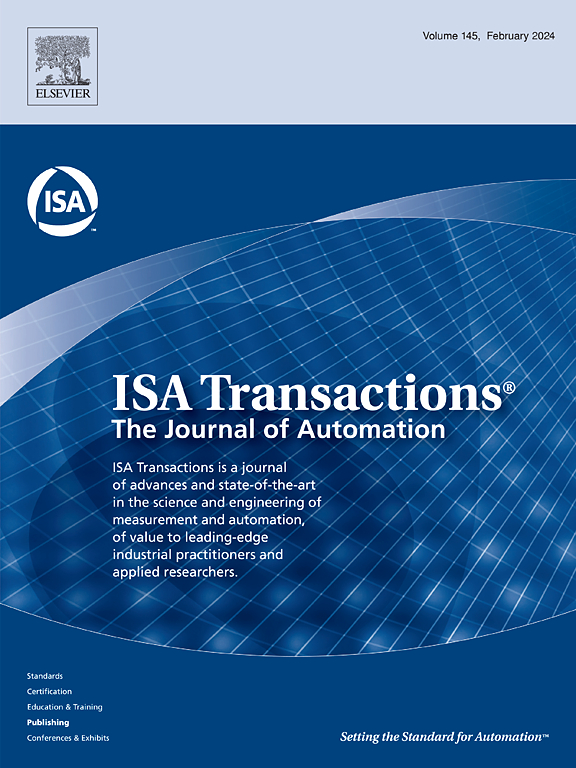A novel nonlinear model predictive control approach to minimize losses in open-channel irrigation systems
IF 6.3
2区 计算机科学
Q1 AUTOMATION & CONTROL SYSTEMS
引用次数: 0
Abstract
Open-channel irrigation systems (OCIS) are widely recognized as the simplest, most widely adopted, and economically advantageous method of water transportation in agriculture. However, these systems often experience substantial water losses due to seepage and leaks, which are closely correlated with the channel levels. The control mechanisms commonly discussed for OCIS primarily emphasize preserving constant channel levels, leading to constant losses. In order to overcome this limitation, the present study offers a paradigm change in control objectives, thereby facilitating the management of channel levels and flow variability. The new objectives seek to address user water demands, mitigate channel water levels, prevent overflow instances, and limit ecological and infrastructural impacts. A request-based operational approach is utilized in implementing a nonlinear model predictive control (NMPC) technique. The NMPC employs a simple modeling framework that can effectively describe the behavior of OCIS in various operational settings. It also integrates a receding-horizon cost function to optimize water allocation and minimize water levels. The provided design of the control strategy includes a set of feasible conditions that ensure the operability and stability of the controlled system. The efficacy of the proposed control technique has been verified by experimentation on a well-established testbed documented in previous academic papers. This validation process has demonstrated a notable 50% decrease in water waste while simultaneously ensuring sufficient water supply to users.

将明渠灌溉系统损失降至最低的新型非线性模型预测控制方法。
明渠灌溉系统(OCIS)被广泛认为是农业中最简单、应用最广泛、经济效益最高的水运方式。然而,由于渗漏和泄漏,这些系统经常经历大量的水损失,这与渠道水位密切相关。通常讨论的OCIS控制机制主要强调保持恒定的通道电平,从而导致恒定的损失。为了克服这一限制,本研究提供了控制目标的范式变化,从而促进了渠道水平和流量可变性的管理。新的目标旨在解决用户用水需求,降低渠道水位,防止溢流,并限制生态和基础设施的影响。采用基于请求的操作方法实现非线性模型预测控制(NMPC)技术。NMPC采用了一个简单的建模框架,可以有效地描述OCIS在各种操作设置中的行为。它还集成了一个后退层成本函数,以优化水分配和最小化水位。所提供的控制策略设计包括一组可行条件,以保证被控系统的可操作性和稳定性。所提出的控制技术的有效性已经在一个完善的实验平台上得到了验证。这一验证过程表明,在确保向用户提供足够水的同时,水浪费显著减少了50%。
本文章由计算机程序翻译,如有差异,请以英文原文为准。
求助全文
约1分钟内获得全文
求助全文
来源期刊

ISA transactions
工程技术-工程:综合
CiteScore
11.70
自引率
12.30%
发文量
824
审稿时长
4.4 months
期刊介绍:
ISA Transactions serves as a platform for showcasing advancements in measurement and automation, catering to both industrial practitioners and applied researchers. It covers a wide array of topics within measurement, including sensors, signal processing, data analysis, and fault detection, supported by techniques such as artificial intelligence and communication systems. Automation topics encompass control strategies, modelling, system reliability, and maintenance, alongside optimization and human-machine interaction. The journal targets research and development professionals in control systems, process instrumentation, and automation from academia and industry.
 求助内容:
求助内容: 应助结果提醒方式:
应助结果提醒方式:


